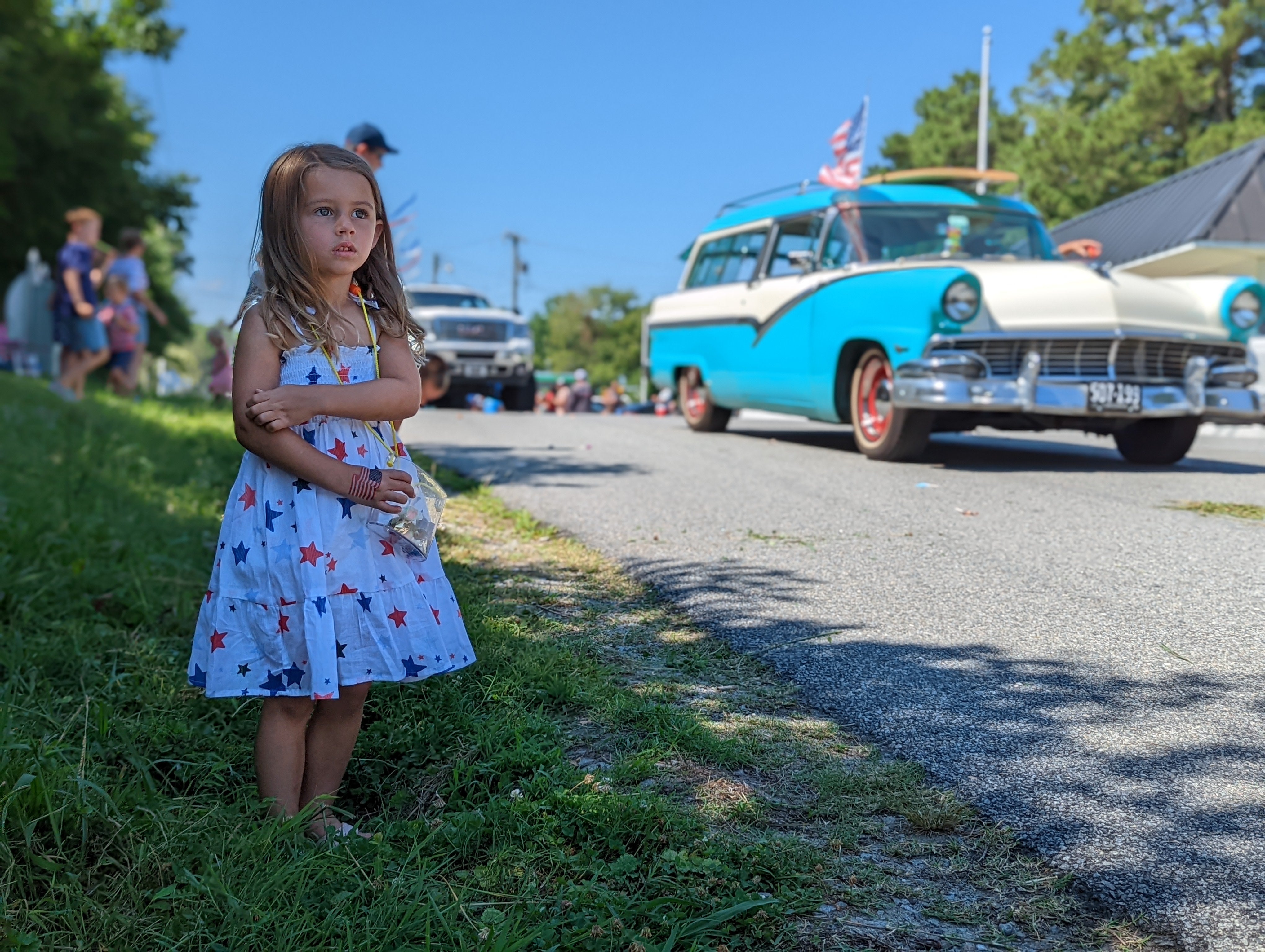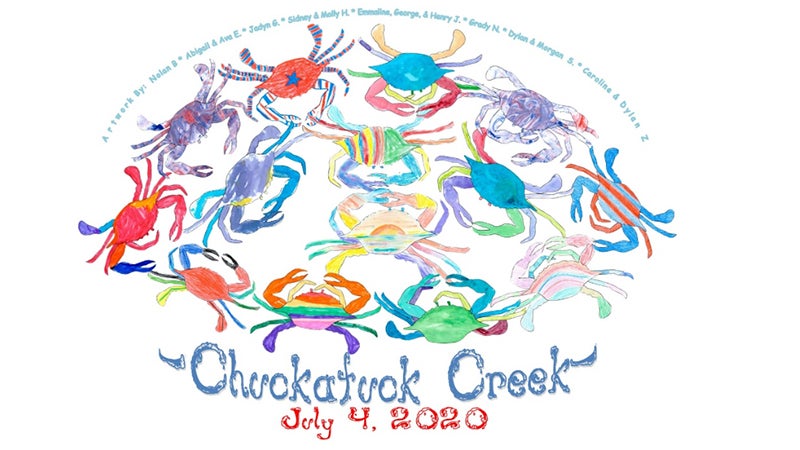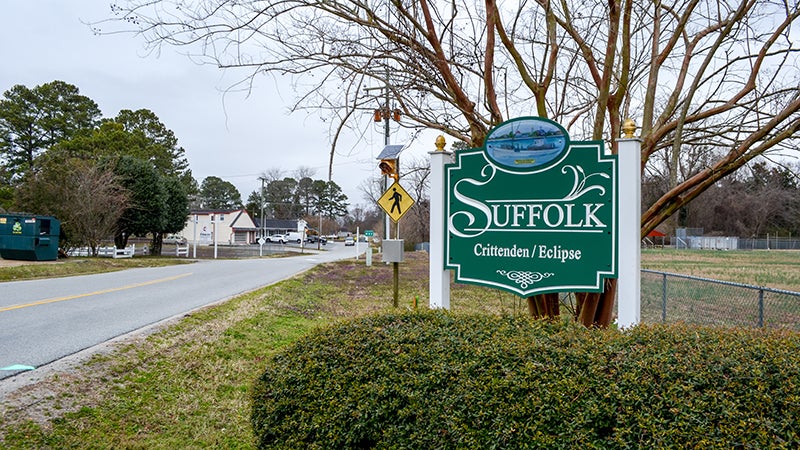Oyster harvest improves
Published 10:32 pm Thursday, February 16, 2012

Robert Johnson of Johnson and Sons Seafood in Eclipse prepares to hoist a bucket of oysters from his boat on Thursday. Watermen statewide are seeing a better harvest so far this year than anytime in the last 25 years, according to state officials.
Robert and Ben Johnson pulled their boats up to their Eclipse dock on Thursday afternoon and started unloading oysters.
The father-and-son team of Johnson and Sons Seafood shoveled oysters into buckets and used a rope-pulley system, operated by an employee, to hoist the buckets onto the dock. Another employee caught them and piled the oysters in a truck to be hauled to the Northern Neck the next morning.
“We’ve had as good a winter as we’ve had in a long time,” Ben Johnson said. “Everything has been good this year. We’ve been fortunate.”
Indeed, it seems the state’s entire oyster industry is having a good year. Officials estimate that the 2012 harvest could turn out to be the largest in 25 years.
Last winter’s haul was the best since 1989. Watermen pulled 236,000 bushels of oysters from riverbeds throughout the state in 2011. The harvest has increased tenfold in the last decade, rising from 23,000 bushels in 2001.
Gov. Bob McDonnell attributed the rise to practices instituted by the Virginia Marine Resources Commission, including use of a rotational harvest system, sanctuaries and targeted shell plantings on public oyster grounds.
In the last 10 years, the dockside value of the oyster harvest increased from $575,000 to $8.26 million.
“Virginia oysters are not only delicious, they are also profitable,” McDonnell said in a press release announcing the increased harvest. “Our oysters are hitting tables all across the nation and the world, on the half-shell, fried, steamed, roasted and in stew.”
The harvest still is a far cry from the 1960s, when annual harvests of more than one million bushels were commonplace. That was before two diseases, dermo and MSX, spread throughout the Chesapeake Bay, killing oysters.
Through the years, the marine resources commission tried a number of approaches to combat the effects of the diseases, with little success. However, a new management scheme enacted four years ago seems to have worked.
The plan involves closing certain harvest areas for one or two seasons, giving oysters in those areas a chance to grow to market size. In addition, the state established permanent oyster sanctuaries to act as spawning stock and planted oyster shells on public oyster grounds with state funds.
According to the marine resources commission, every $1 spent by the state for planting oyster shells has yielded $7 in economic benefits in the form of larger harvests and increased jobs.
Ben Johnson, whose business has oyster beds in the Nansemond and James rivers, said he thinks the new regulations have helped some but added the growing harvests can be attributed to other factors, as well.
“There’s a lot of different paths you can go down as far as what was the answer,” he said.
The Chesapeake Bay Foundation applauded the state’s efforts to restore oysters and improve water quality in the bay and its rivers.
“Continuing with the Virginia oyster management plan and providing continued financial support for oyster replenishment, oyster farming and water quality improvements — such as upgrading wastewater treatment plants — will only improve the outlook for the Commonwealth’s oyster fishery and economy,” the foundation said in a press release.





